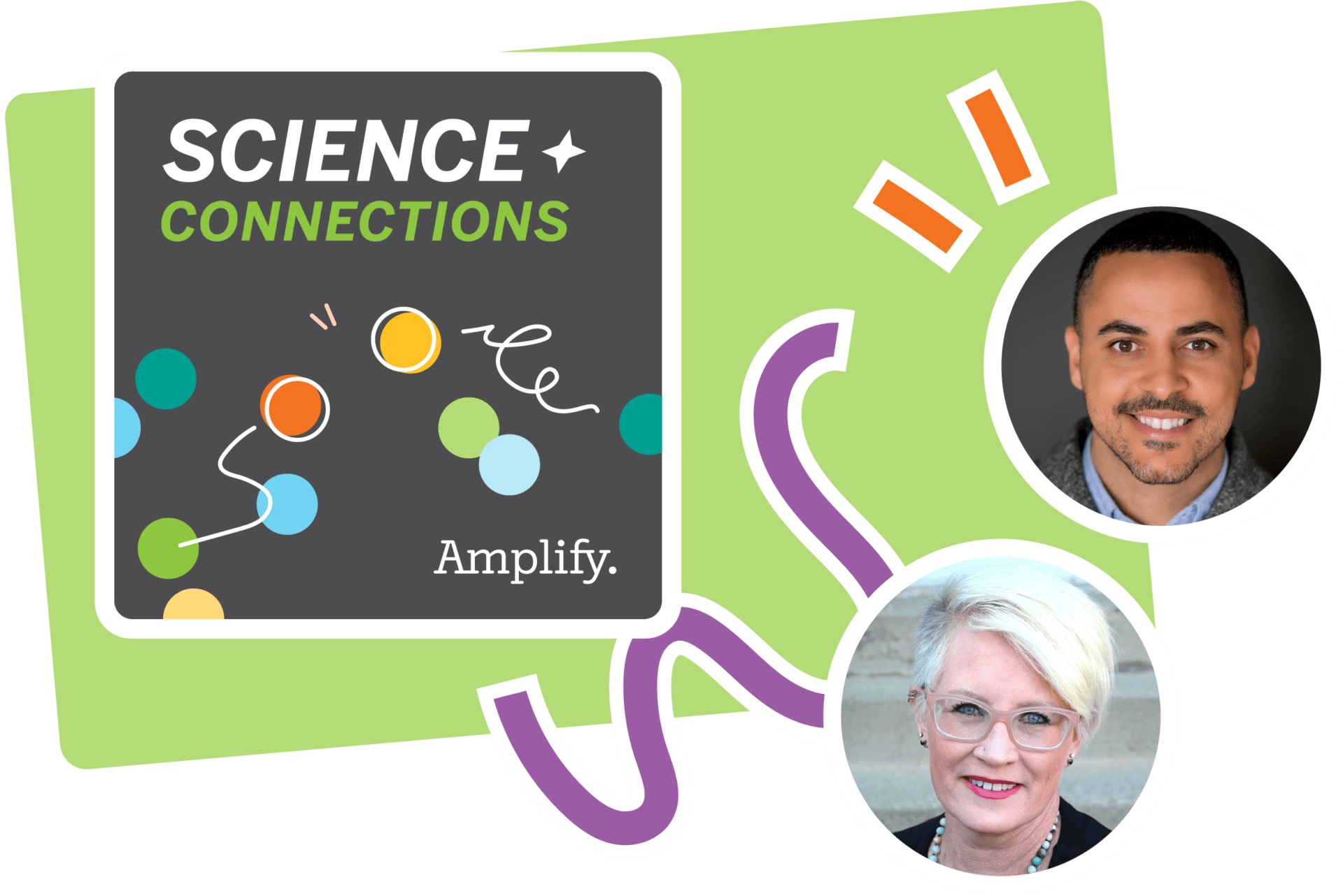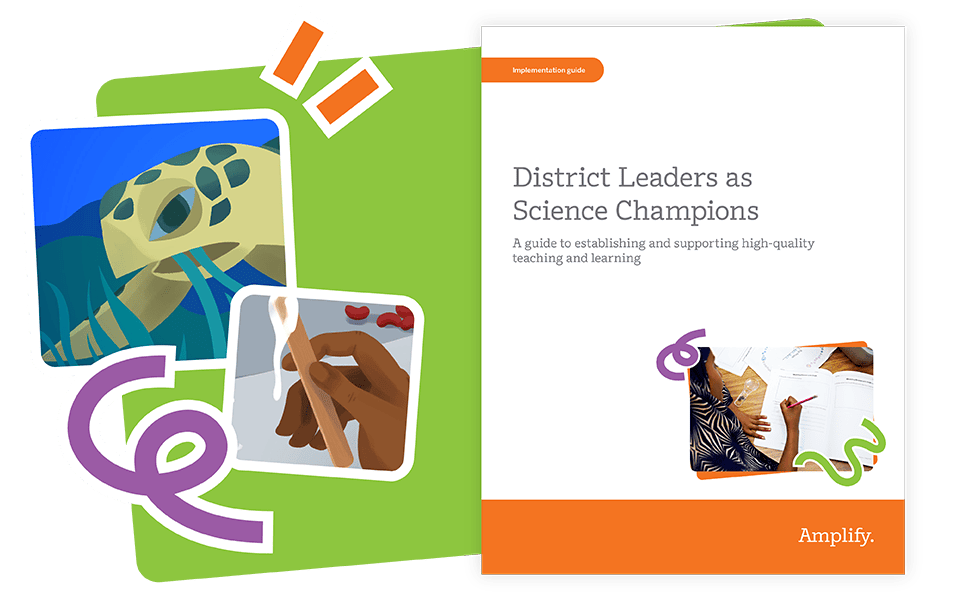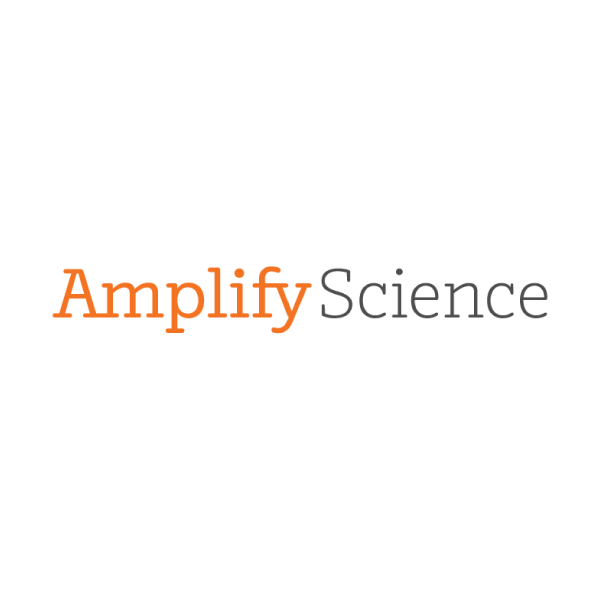
The Science of Reading: itās not just for Language Arts.
As host Eric Cross and expert guest Susan Lambert discuss in Science Connections webinar, the Science of Reading also provides a powerful foundation for science learning.
Hereās what they had to say about bringing evidence-based literacy strategies into the science classroom.
The role of literacy in science literacy
Strictly speaking, the Science of Reading refers to the vast body of research we now haveāand put into practiceāon the systematic, explicit, and cumulative instruction required for students to learn to read.
“There is a misconception that when we're talking about the Science of Reading, we're just talking about reading.”
In fact, weāre talking about comprehensive literacy, which encompasses all the essentialāand interdependentācomponents of literacy, including background knowledge, vocabulary, and both comprehension and expression.
In other words, itās the listening, speaking, reading, and writing that scientists do in the real worldāand that students do to engage with and connect to science learning.Ā As we discussed in this post, developing studentsā literacy in science helps them develop scientific literacy. And science literacy allows students to become critical thinkers, problem solvers, and strategic questionersāin science and beyond.
Integrating science and literacy in the classroom
What do these literacy strategies look like in practice? Eric puts them to use regularlyāand hereās how you can, too.
- Use phenomena to activate and gauge prior knowledge. The more you know, the better you comprehend text and the faster you learnāso exploring familiar observable events (frying eggs, seeing your breath on a cold day) can engage students and accelerate their comprehension from the jump.
- Provide multilingual resources. āBeing intentional about providing access to resources in the languages our students speak is critical,ā said Eric. āThe data shows that the more proficient students become in their native language, the more proficient they become in a new one.ā
- Get students writing (and speaking, and editing). Eric has his students document their experiments and observations in (digital) notebooks and online portfolios. They also share with and present to each other, he said, āso they’re seeing other studentsā writing styles and syntax and what details they include, and they can go back and update their own.ā And, since itās a year-long process, āby the time they’re done, they have this beautiful website that showcases their work.ā (æģ²„app Scienceās Student Investigation Notebooks also fit the bill!)
- Work across subjects. The Common Core recommends that, by 4th grade, 50% of texts read should be non-fiction. Thatās why Eric coordinates with ELA teachers to read one text about metabolism, for example, each examining it through different lenses. āWhen ²ā“Ē³Üār±š able to work together with another content teacher, itās like magic,ā he said. (And in elementary school, ²ā“Ē³Üār±š the other content teacher!)
- Run science seminars. Students use evidence to explain their thinking. āFor students who need extra support, you can have pre-written sentence frames so that they’re able to participate,ā Eric said. āEven when they’re listening to other students speaking, that’s helping them develop language skills. You watch them be able to listen, speak, engage in debate, and disagree without being disagreeable, which we know as adults is a valuable skill.ā
For more of Ericās strategies, watch the webinar: .
Even more to explore
Webinars:
Curriculum: æģ²„app Science
æģ²„app blog:
- Integrating literacy in the science classroom
- āScience or literary instruction? You donāt have to choose!ā
- Managing the change that matters most: Implementing the Science of Reading with Integrity

